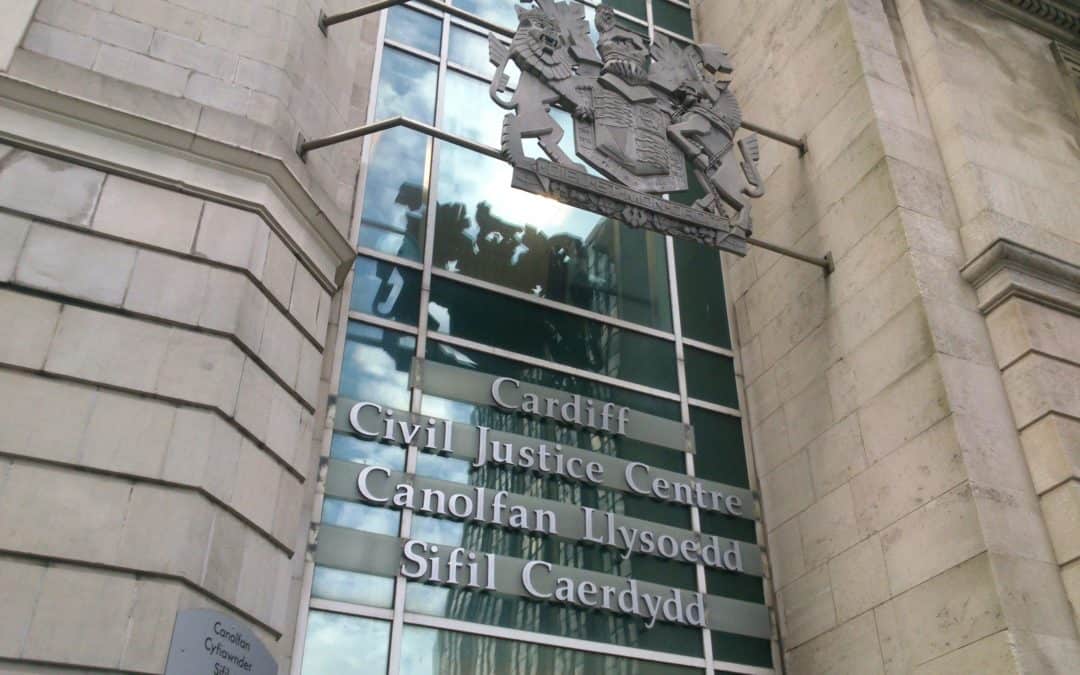This judgment, Cardiff City Council v A Mother & Ors [2021] EWFC 44, relates to the case that Emily Dugan wrote about in the Sunday Times and that we wrote about here. This judgment appears to be the only one given by HHJ Jonathan Furness that has ever been published on BAILII, but few family court cases are subject to an intensive media investigation, as we explained in our previous post.
The purpose of this judgment is to approve and formalise the local authority’s decision to withdraw its application for care orders, following receipt of medical evidence that the baby did not suffer any non-accidental injury. As the judge points out, the local authority acted correctly in taking proceedings when it did, on the basis of earlier medical evidence (now known to be mistaken), and has also acted correctly in asking the court to agree to end the proceedings on the basis of the new, more specialist, evidence. He concludes:
This wording has been commented on:
Perhaps the judge might have expressed thanks to the medical experts in more constructive terms.
What does this judgment tell us? Not nearly as much as the press story –
- It confirms some of the facts outlined by Emily in her article, although information is quite sparse. Dates of the local authority investigation and application are not given. It is specified that an interim care order was made on 23 December 2020, when the judge ordered a report by Dr Olsen, a consultant paediatric radiologist.
- ‘When Dr Olsen’s report came in’ (no date given) that there had been no fracture, the local authority immediately notified the court they wanted to witdraw the applications. Emily’s story says that Dr Olsen reported two months after the investigation had began shortly after 12 December.
- It is stated here that both children went to live with their grandfather, and that the parents were separated from both children for more than two months, whereas Emily’s story states that the older brother was able to return home after a few days, but has been traumatised.
- The judge said that he wanted Dr Olsen’s report to be sent to the head of the hospital’s radiology department for training purposes ‘so that hopefully this does not recur in the future’. By ‘this’ he presumably means this type of misdiagnosis, but the judgment contains no analysis of the procedures that were used and whether these followed relevant guidance.
- Although Emily wrote: ‘the judge pointed out that there was a 38 per cent shortfall of radiologists in Wales’, this does not appear in this judgment. It may have been said in an interim hearing or in the hearing about the reporting restrictions.
Unless any other judgments are to be published, this is an interesting example of a media report being far fuller and focused on the public interest than the information contained in a court judgment itself.
We have a small favour to ask!
The Transparency Project is a registered charity in England & Wales run largely by volunteers who also have full-time jobs. We’re working hard to secure extra funding so that we can keep making family justice clearer for all who use the court and work within it.
We’d be really grateful if you were able to help us by making a small one-off (or regular!) donation through our Just Giving page.
Thanks for reading!

This sad story started with a baby with a bruise. My research shows that child protection procedures at local and national level exaggerate risk in these cases and encourage a forensic response including putting children through a battery of x-rays which themselves carry a small but finite risk of causing cancer or death. It is time that we develop policies and procedures that enable workers to avoid the harms that are done by over-intervention and encourage a carefully balanced approach instead of encouraging intervention by exaggerating risk.
Whilst I do not know what happened in this particular case, I am left wondering whether the forensic orientation encouraged by NICE guidelines and local policies might increase the likelihood of misinterpretation the medical findings.
I’m sure the exaggeration of risk in procedures is intended to protect children from the rare occasions when a child is severely physically harmed. Sadly there is no evidence that the growing tendency to react to need with investigation achieves more protection and it certainly causes harm to those unfortunate enough to be puled unnecessarily into the child protection arena
Thanks for the comment Andy. As we’ve noted, there is little in the judgment to tell us what guidance the hospital was following.